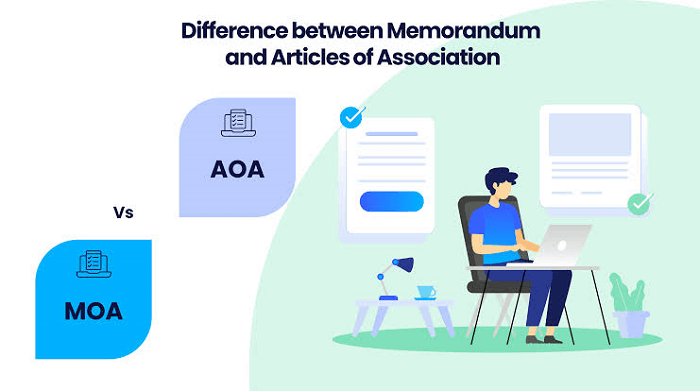Business
Differences between MOA and AOA
The MOA (Memorandum of Association) and AOA (Articles of Association) are the two foundational documents required for incorporating a company. The MOA is the constitution document of the company consisting of all its basic details and the AOA is a document which contains all the rules and regulations formulated by the company for its internal management.
Section 8 – Arbitration And Conciliation Act, 1996
Power to refer parties to arbitration where there is an arbitration agreement [(1) A judicial authority, before which an action is brought in a matter which is the subject of an arbitration agreement shall, if a party to the arbitration agreement or any person claiming through or under him, so applies not later than the
Section 34 – Apprentices Act, 1961
Delegation of powers The appropriate Government may, by notification in the Official Gazette, direct that any power exercisable by it under this Act or the rules made thereunder shall, in relation to such matters and subject to such conditions, if any as may be specified in the direction, be exercisable also— (a) where the appropriate
Section 21 – Apprentices Act, 1961
Holding of test and grant of certificate and conclusion of training [(1) Every trade apprentice who has completed the period of training may appear for a test to be conducted by the National Council or any other agency authorised by the Central Government to determine his proficiency in the designated trade in which he has undergone
Section 20 – Apprentices Act, 1961
Settlement of disputes (1) Any disagreement or dispute between an employer and an apprentice arising out of the contract of apprenticeship shall be referred to the Apprenticeship Adviser for decision. (2) Any person aggrieved by the decision of the Apprenticeship Adviser under subsection (1) may, within thirty days from the date of communication to him
Section 16- Apprentices Act, 1961
Employer’s liability for compensation for Injury If personal injury is caused to an apprentice, by accident arising out of and in the course of his training as an apprentice, his employer shall be liable to pay compensation which shall be determined and paid, so far as may be, in accordance with the provisions of the
Section 14 – Apprentices Act, 1961
Health, safety and welfare of apprentices Where any apprentices are undergoing training in a factory, the provisions of Chapters III, IV and V of the Factories Act, 1948 (63 of 1948), shall apply in relation to the health, safety and welfare of the apprentices as if they were workers within the meaning of that Act
Section 10 – Apprentices Act, 1961
Related instruction of apprentices (1) [A trade apprentice] who is undergoing practical training in an establishment shall, during the period of practical training, be given a course of related instruction (which shall be appropriate to the trade) approved by the Central Government in consultation with the Central Apprenticeship Council, with a view to giving [the trade apprentice]
SEBI amends Infrastructure InvestmentTrusts (InvITs) regulations 2024
Practice Area Income Tax Return Filing Income Tax Appeal Income Tax Notice GST Registration GST Return Filing FSSAI Registration Company Registration Company Audit Company Annual Compliance Income Tax Audit Nidhi Company Registration LLP Registration Accounting in India NGO Registration NGO Audit ESG BRSR Private Security Agency Udyam Registration Trademark Registration Copyright Registration Patent Registration Import
